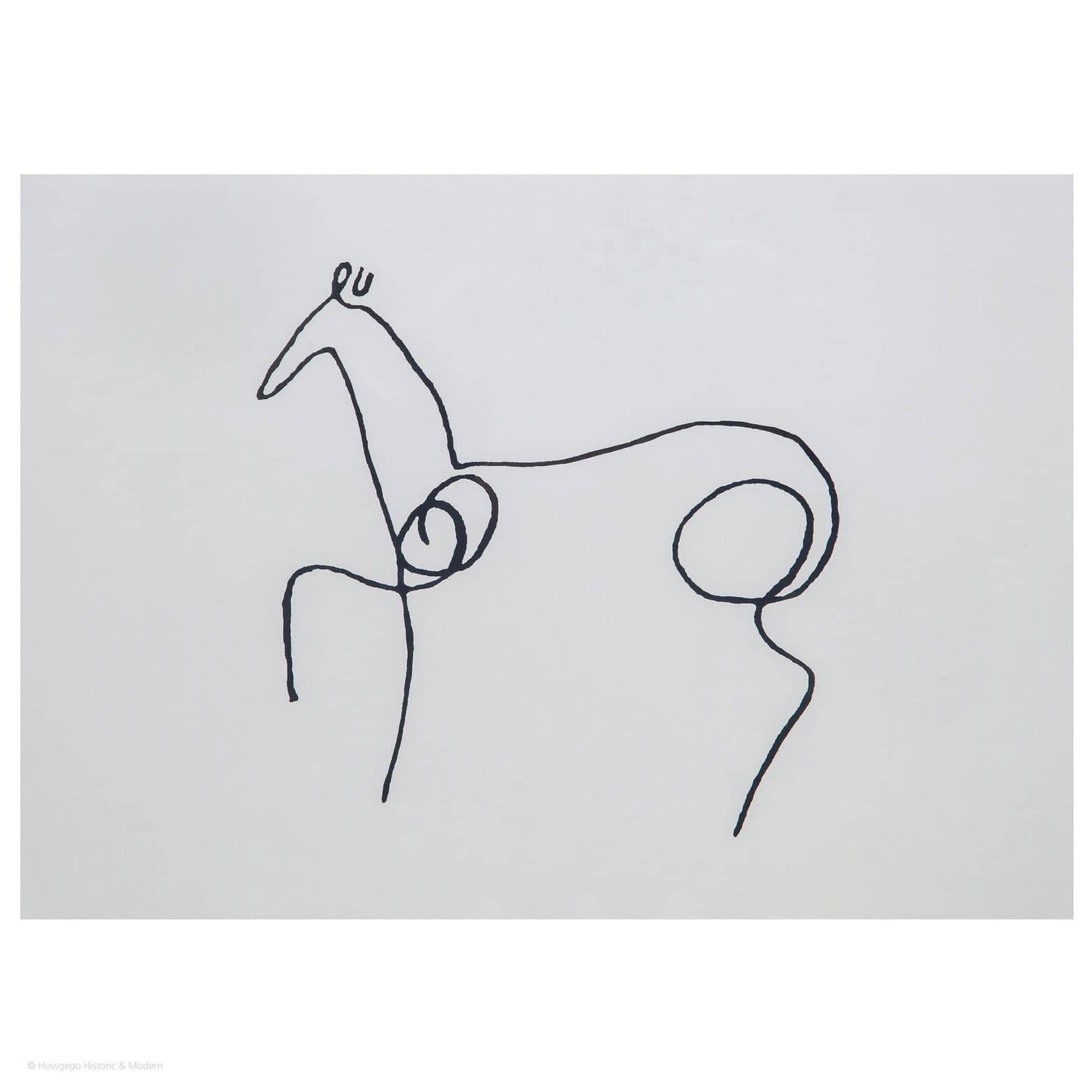Inputs, Outputs, Gimmicks, Concepts and Research
Reading Sianne Ngai’s Theory of the Gimmick made me hyper sensitive to aesthetic evaluations that were primarily based upon the level of effort input to the work by the artist rather than relying on the “output” of the work aka the experience it induces in its audience .
Unsurprising then, that I read Kavior Moon’s recent article Research Art is Everywhere. But Some Artists Do It Better Than Others in the recent Art in America, as similarly overemphasizing input. The article didn’t fulfill the promise of evaluation criteria implied in its headline1 Admittedly, authors don’t author the headlines and also blurred the line between research based art and conceptual art, based upon the observation that inputs for both can involve a fair amount of research
I’ll concentrate on Ngai’s work which utilizes Marx’s labor theory of value as the basis for her analysis. She does this even though, she admits, the labor theory of value is often thought of as obsolete. In my understanding embracing a labor theory of value inherently points towards valuing input more than output, and cheating on the input labor is a prime characteristic of the gimmick.
Gimmicks are fundamentally one thing across these instances: overrated devices that strike us as working too little (labor-saving tricks) but also as working too hard (strained efforts to get our attention).2Page 1 of the Kindle edition
Now, I contest the idea that gimmicks are things that lack value but do consider their lack of value is one of the core sources of our frustration with them. There are clever gimmicks, which are fun for a while and tired gimmicks that have worn out their welcome. Gimmicks are clever until they’re not (just to use an extremely tired and worn out gimmick, that ceased being clever long ago (perhaps even too well worn for GPT-4))
Implicit in her above characterization of too hard is that the gimmick’s hard work is primarily in service of a con— it isn’t working too hard to provide you, the audience, with (excess) value
What constitutes value in an aesthetic experience???
It’s difficult to imagine that the value of a work of art is primarily derived from the labor that was put into its making. A quote from Philip Guston’s I Paint What I Want to See on how long it takes to paint a painting is relevant here
AUD: On this particular one.
PG: It was done in an hour and a half, two hours. 3Page 96
Similarly Picasso’s “simple” line drawings were often executed “at speed”

Here’s a youtube of Picasso doing one in ~ 3.5 minutes
The cleverness of a Picasso line drawing, or the proficiency of a quick Guston painting still engage us and bring joy/satisfaction even after we see the “trick”. In that way, they are of a kind with those insights we term as obvious in retrospect — their impact on us has been profound. In some cases (the Picasso line drawing being my prime example) the lack of effort involved in their production enhances their value — exceptional efforts that enrich.
At the other end of the scale (aka work that has little value despite the effort put into it) I’d put the Bored Ape Yacht Club NFTs, that push all of the work on the user: dumping 10,000 computationally (combinatorically) generated images on the viewer to sift through, looking for gems. Little insight, but a ton of work to edit them down to the ones you might consider worthwhile.
In fairness, Ngai is not unaware of this:
Miller suggests two moments in this aesthetic encounter. The first is a snapping to alertness, triggered by an initially energizing perception of form. The second is a slackening, as one becomes aware of the form’s disappointing poverty4 Page 8 of the kindle version, referencing D. A. Miller, “Anal Rope,” Representations 32 (Autumn 1990)
After this interlude she returns to her (well, Marx’s) labor theory of value, basing the evaluation of the experience on the putative value of the inputs — I want to characterize this as “being ever the committed Marxist” but this is probably neither fair nor accurate, vis a vis Marx.
This feeling is reinforced by Ngai’s frequent derision of the value of labor saving devices — as someone who, over the years, has washed plenty of clothes in the sink, i’ll go for the washing machine whenever possible. — I guess the reason for her cynicism around labor saving devices is that in the Marxian view, any labor saving just results in higher output, with no reduction in quantity of labor on part of the laborer — which is likely the goal of a production entity buying the labor saving device
Concentration on input methods rather than output experiences similarly underlies Moon’s elision of a distinction between research based art and conceptual art. Whereas I find that Conceptual Art has a similar goal as other artistic mediums, namely a visceral/experiential transformation, much research based art seems to be more akin to a legal brief/data presentation. There are overlaps at the edges, but the center of each practice is divergent. An approach that emphasizes inputs induces an inattention to the output aka the audience’s experience and hinders it’s evaluation.
It not that inputs don’t matter, it just that the output (of the experiencer’s encounter with the work) determines how much it does.

Leave a Reply